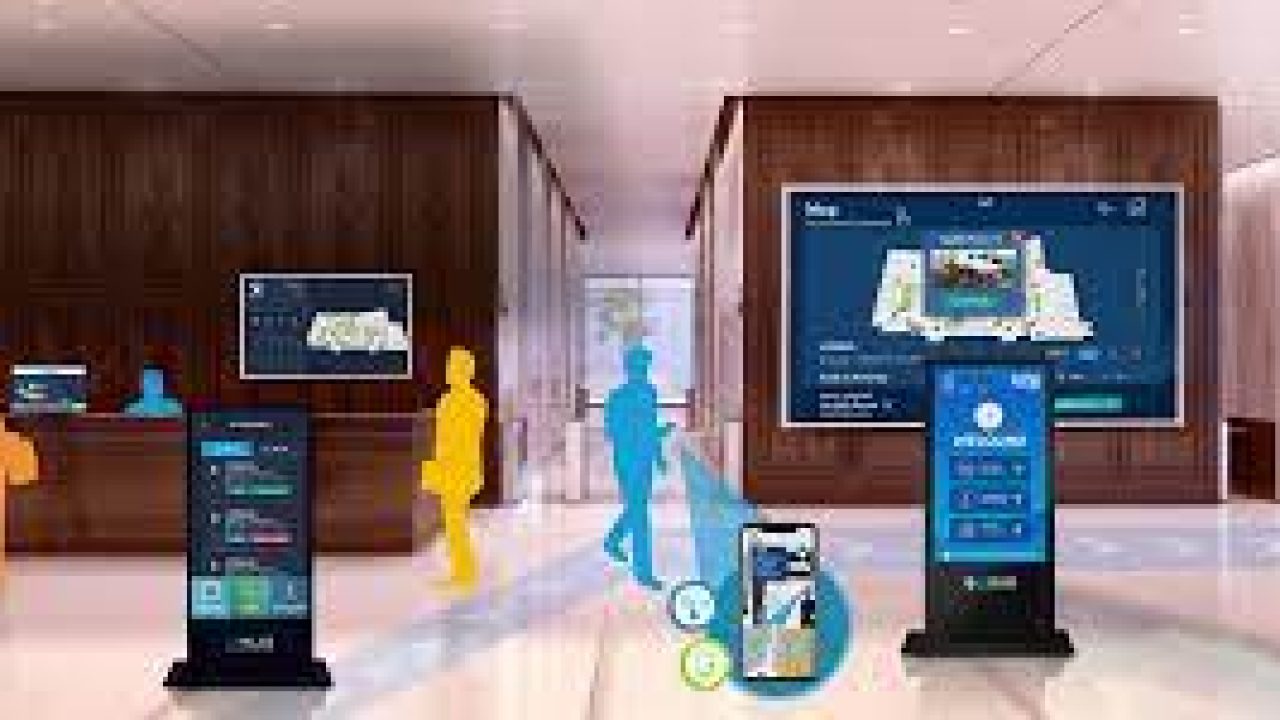Finding one’s way around huge campuses like hospitals, universities, airports, and malls can be daunting. Traditional static signage solutions have their limitations, often leading to confusion and frustration among visitors. However, with the advent of digital wayfinding signage systems, navigating these spaces has become more intuitive and efficient than ever before. Read on to delve into the myriad benefits of implementing these innovative solutions.
Table of Contents
Enhanced User Experience
These systems revolutionise the user experience by providing dynamic, interactive maps that guide visitors seamlessly to their destinations. Whether locating a specific department in a hospital or finding the nearest restroom in a shopping mall, these solutions offer real-time information tailored to the user’s needs. Eliminating guesswork and streamlining navigation enhances overall satisfaction and reduces visitor stress.
Improved Accessibility
One of the most significant advantages of these systems is their ability to cater to diverse needs, including those of individuals with disabilities. Through features like customisable font sizes, audio instructions, and wheelchair-accessible routes, these solutions ensure everyone can navigate spaces independently and confidently. By promoting inclusivity, they contribute to creating environments that are welcoming and accessible to all.
Dynamic Content Delivery
Unlike static signage, these systems allow for dynamic content delivery, enabling organisations to display relevant information in real-time. These solutions offer endless possibilities for engaging with visitors, from event updates and emergency alerts to promotions and wayfinding instructions. Keeping information current and relevant enhances communication and ensures that visitors are always well-informed.
Increased Efficiency
Traditional systems often require manual updates and maintenance, which can be time-consuming and costly. In contrast, these digital solutions can be easily updated remotely, ensuring that maps and information are always accurate and up-to-date. This saves time and resources and minimises the risk of misinformation and confusion. Additionally, these solutions can help optimise traffic flow and reduce congestion by guiding visitors along the most efficient routes.
Analytics and Insights
Digital signage solutions provide valuable analytics and insights to help organisations better understand visitor behaviour and preferences. By tracking metrics such as popular destinations, dwell times, and navigation patterns, organisations can gain actionable insights to improve the overall visitor experience. Whether it’s optimising the layout of a retail store or identifying areas for operational improvements in a hospital, these insights enable data-driven decision-making and continuous refinement.
Branding and Customisation
These digital signage solutions offer extensive branding and customisation options, allowing organisations to tailor the user experience to their brand identity. From custom colour schemes and logos to branded content and messaging, these systems enable organisations to reinforce their brand image and values. Creating cohesive and immersive environments helps organisations leave a lasting impression on visitors while strengthening brand recognition.
Integration with Mobile Devices
These signage systems can seamlessly integrate with mobile devices, allowing visitors to access navigation assistance directly from their smartphones or tablets. Through dedicated mobile apps or web-based platforms, users can receive personalised directions, search for points of interest, and even receive notifications based on their location. This integration enhances convenience and flexibility, empowering visitors to navigate spaces, whether inside or outside a facility, easily.
Emergency Preparedness and Response
In emergencies, these digital systems play a crucial role in ensuring the safety and well-being of visitors. These systems can be programmed to display emergency evacuation routes, assembly points, and real-time alerts during a crisis. Providing clear and actionable information helps facilitate orderly evacuations and enables first responders to manage emergencies effectively. Additionally, digital signage can communicate essential safety protocols and instructions, enhancing preparedness and response capabilities.
In conclusion, the benefits of implementing digital wayfinding signage systems are undeniable. From enhancing the user experience and improving accessibility to increasing efficiency and providing valuable insights, these innovative solutions offer many advantages for organisations and visitors alike. By embracing digital technology, organisations can transform how people navigate and interact with their environments, ultimately creating more intuitive, engaging, and accessible spaces for all.






